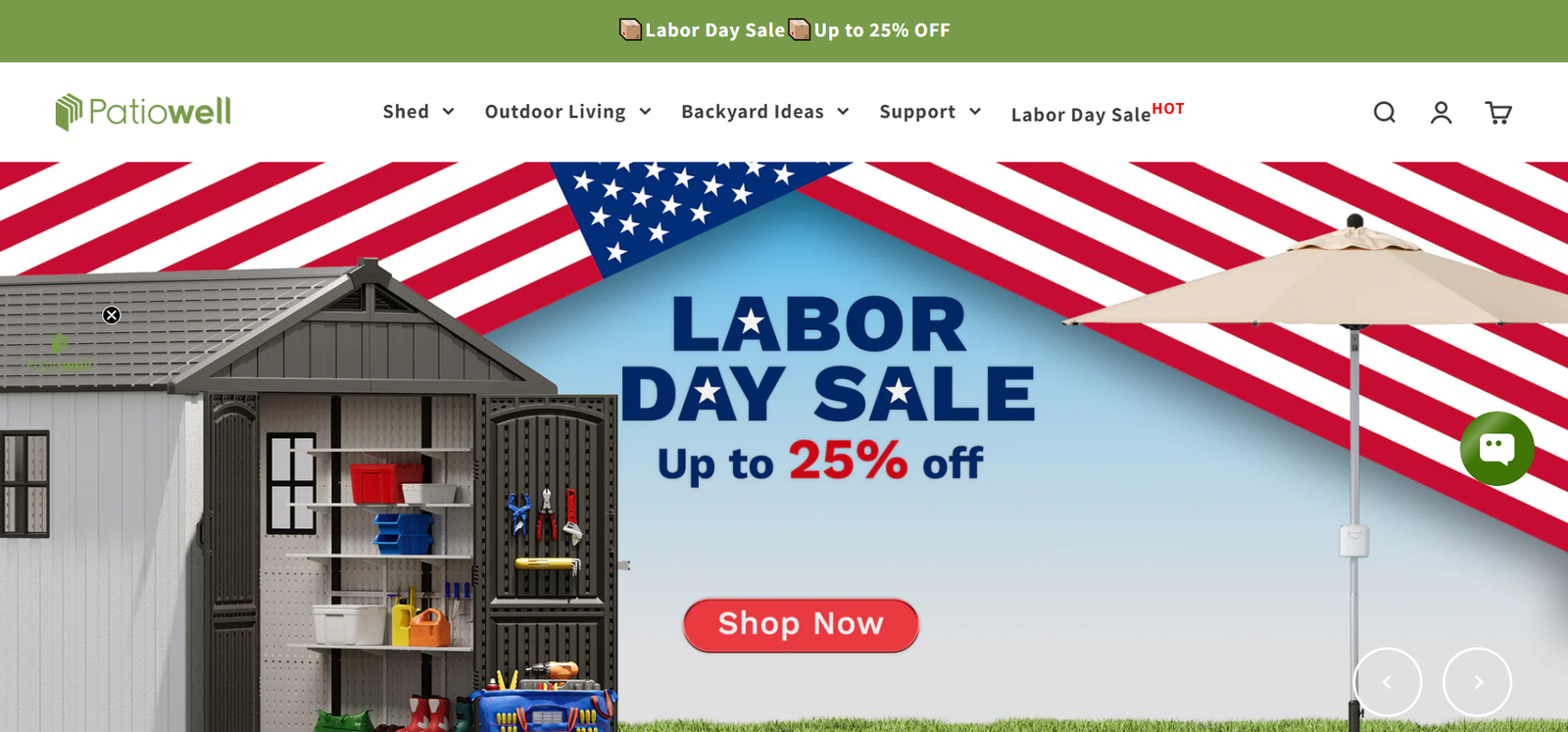When planning to add a shed to your backyard, one of the most important considerations is how close it can be placed to your property line. Many homeowners underestimate the importance of zoning laws, setback rules, and HOA regulations, which can lead to expensive mistakes if ignored. Understanding the proper distance to shed requirements ensures compliance with local codes and helps maintain good relations with neighbors.
If you’re considering upgrading your backyard with a high-quality shed, Patiowell official website
provides a variety of stylish, durable options designed to meet modern storage and aesthetic needs. Before purchasing, let’s break down the essential rules and tips you should know about shed placement.
Why Property Line Rules Matter
Every city or county has zoning laws that dictate how structures can be positioned on a property. These laws are in place to:
- Prevent encroachment on neighboring lots.
- Allow access for utility maintenance.
- Preserve emergency access routes.
- Maintain neighborhood uniformity and privacy.
Failing to follow the required setback distance could result in fines, forced removal of your shed, or even disputes with neighbors.
Typical Shed Setback Requirements
Although specific requirements vary by location, here are the most common guidelines across the U.S.:
Side and Rear Property Lines: Most municipalities require sheds to be at least 5–10 feet away from the property line. Some stricter areas may require 15 feet or more.
Front Yard: Sheds are usually not allowed in the front yard, but if permitted, they may need to be set back 20–30 feet.
Utility Easements: If there are underground cables, gas lines, or drainage systems, the shed must be kept clear of these zones.
HOA Rules: If you live in a community with a homeowners’ association, the rules might be stricter than city regulations. Always double-check with your HOA.
To find out your exact distance to shed requirement, contact your local building department or check zoning regulations on your city’s official website.

Factors to Consider When Choosing Shed Placement
Accessibility
Place your shed where it’s easy to reach but not disruptive to the natural flow of your yard.
Sunlight and Drainage
Positioning your shed on higher ground with proper drainage prevents flooding and foundation issues.
Aesthetic Appeal
A shed should complement your home and landscaping. With stylish designs like those at patiowell.com, your shed can serve both functional and decorative purposes.
Future Yard Plans
Think ahead about gardening, patios, or other outdoor projects to avoid blocking future upgrades.
Shed Options That Fit Regulations
Modern shed manufacturers, like Patiowell, design products that not only comply with zoning laws but also add elegance to your backyard. Whether you’re looking for a small storage unit that easily fits within setback limits or a larger garden shed, Patiowell offers durable steel and resin models that balance practicality with style.
Because placement rules often limit shed size, choosing a compact yet spacious design can make all the difference. On the Patiowell official website, you’ll find sheds that maximize vertical storage space, making them ideal for smaller yards with tighter setback requirements.
Final Thoughts
Before setting up your shed, always check your local zoning regulations to confirm the legal setback requirements. Generally, keeping your shed at least 5–10 feet from the property line is safe, but every municipality is different. Once you’ve secured the right placement, choosing a shed from patiowell.com ensures you’re getting a durable, attractive product that enhances your outdoor living space.
By understanding the rules and selecting the right shed, you’ll enjoy hassle-free storage and peace of mind knowing your project is both stylish and compliant.

